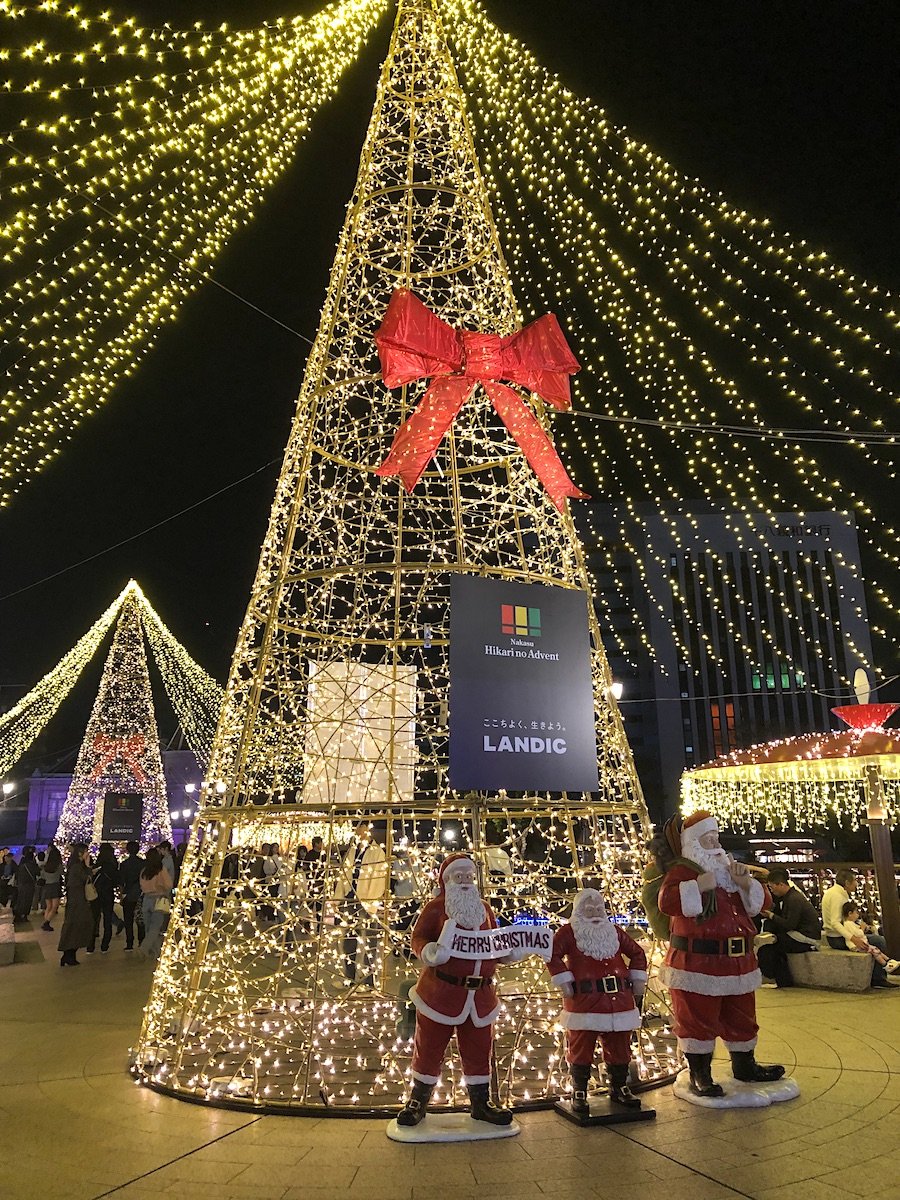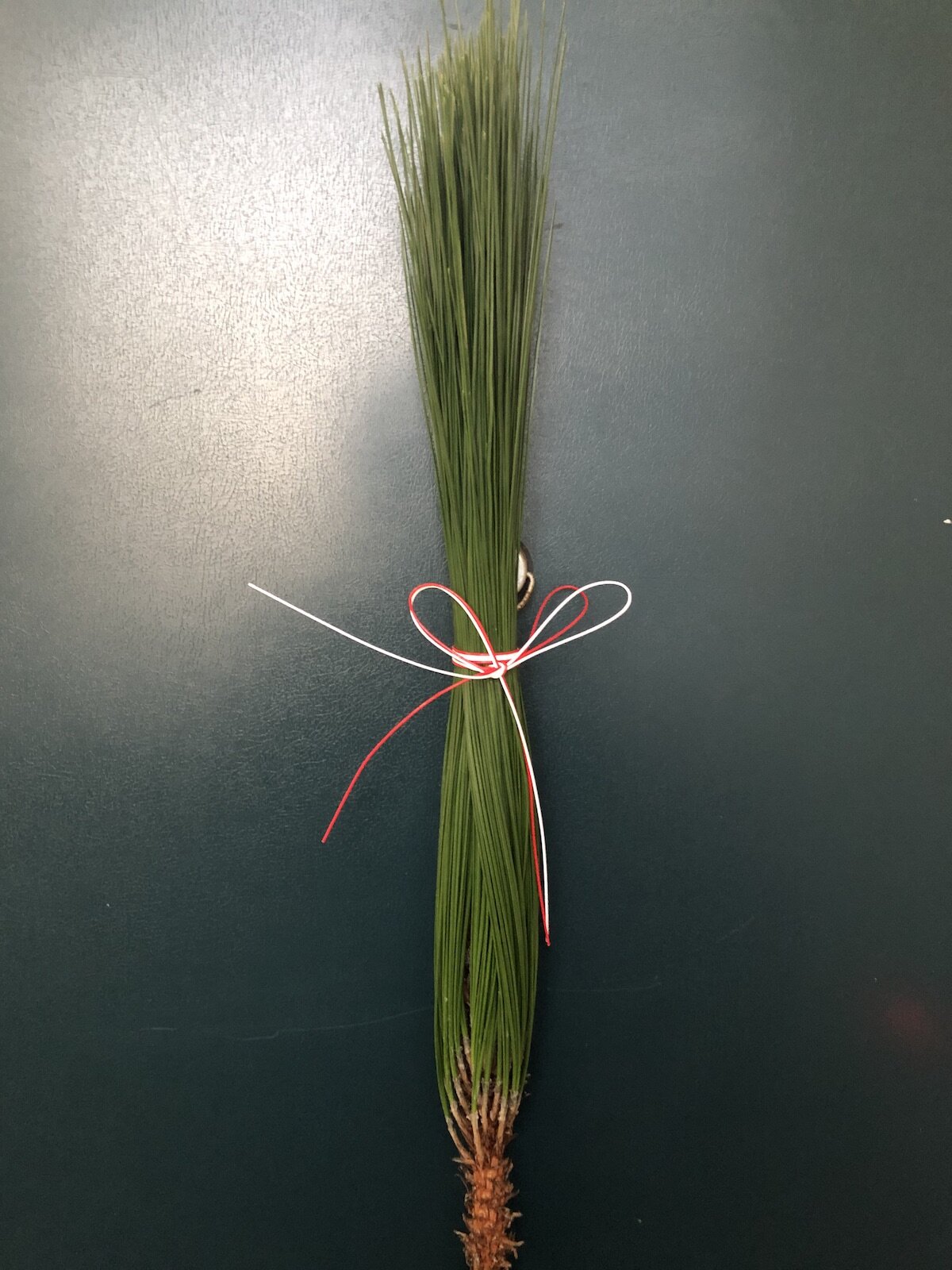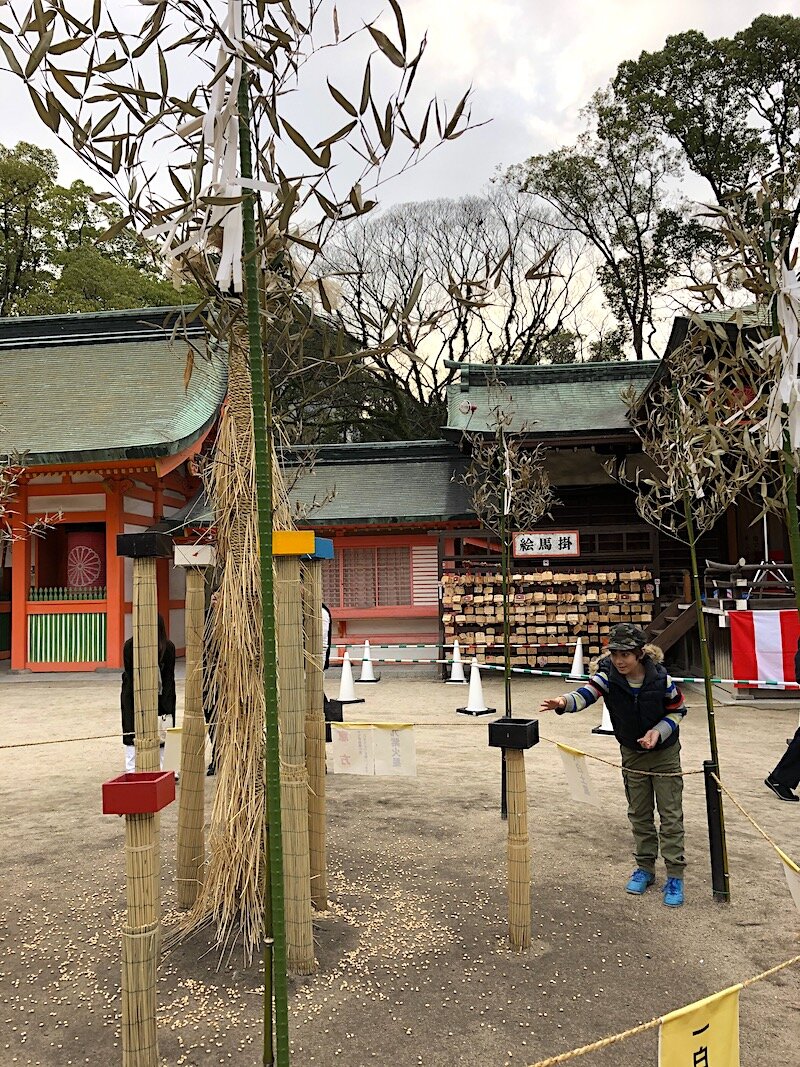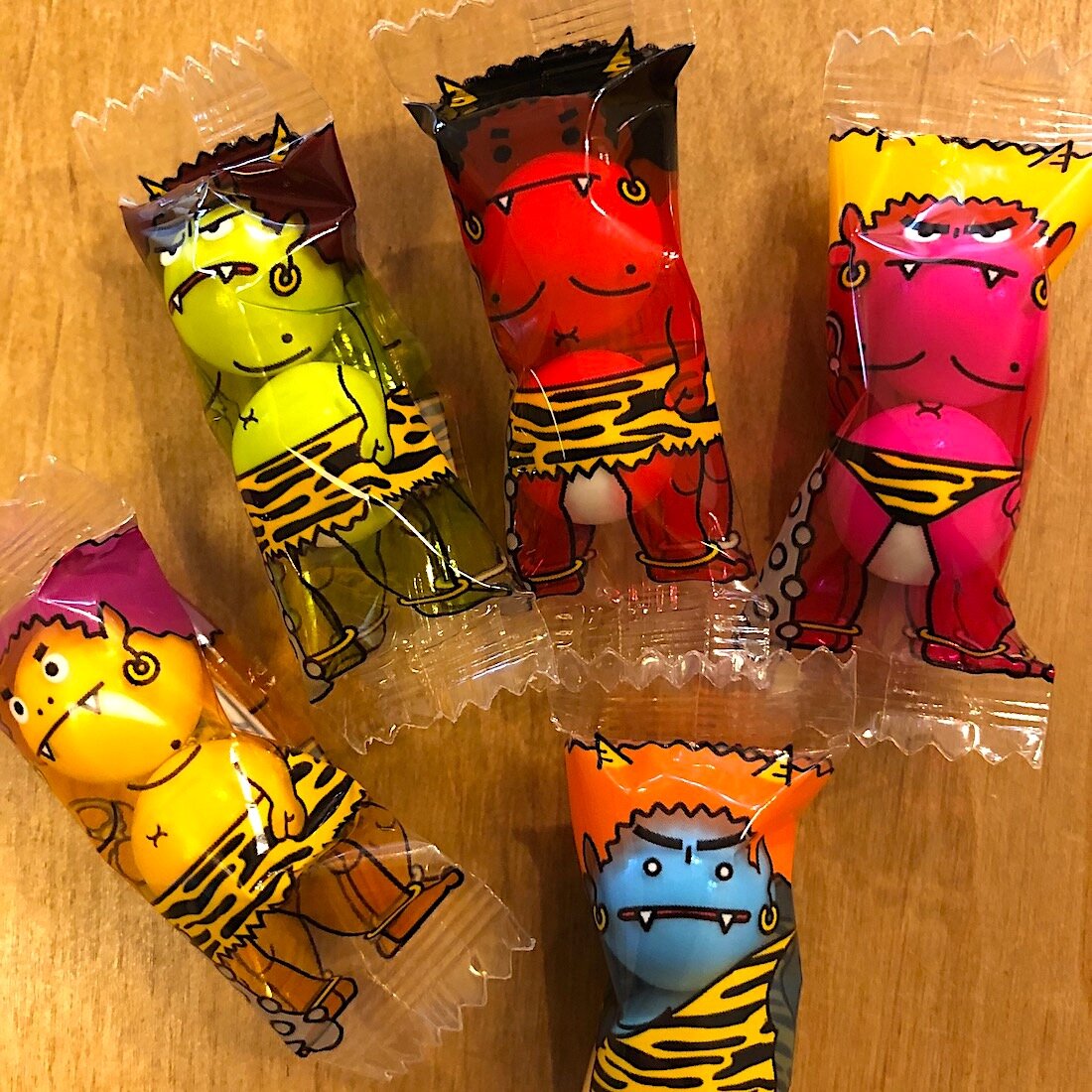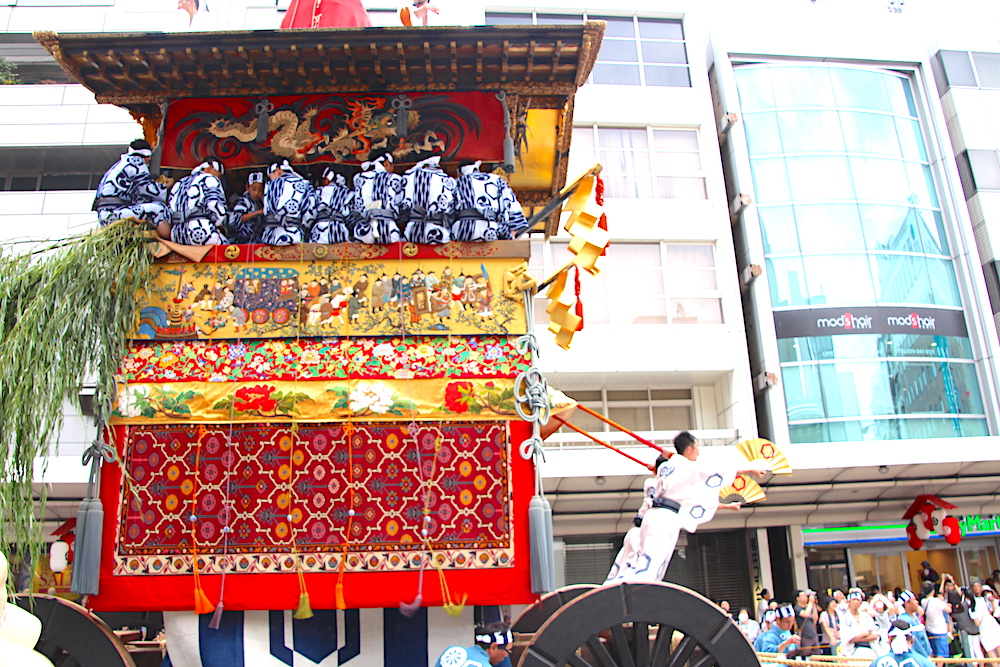Whenever I ask any of my Japanese friends how many seasons there are in this country, they invariably tell me four. Shiki, or the four seasons, is one of the magical aspects of Japan that you just won’t experience anywhere else, or so they like to believe.
“What about the rainy season,” I ask. “What’s that?”
“Umm. Summer?”
“Summer, huh? You know, I find tsuyu to be so uniquely different that it deserves to be called a season all by itself.”
“Okay, smart aleck, there are five seasons then.”
“Well, then how about all the sekki (節気)?”
“Sekki?”
“Yes, like rikka (立夏, the first day of summer) in early May, shōman (小満, lit. “a little full” as in growing, waxing) in late May, or bōshu (芒種, lit. bearded grain) in early June. There are 24 of those solar terms. And those can be divided into three five-day-long ‘micro seasons’, or kō (侯), giving you a total of 72 (七十二侯, shijijūni kō). The current micro season, according to Kurashi no Koyomi, A Year Seen Through the Ancient Japanese Calendar, is kohanasakau (紅花栄), or ‘The Safflower Blossoms’, and lasts from May 26 to 30. The one after that is bakushūitaru (麦秋至), or ‘The Time for Wheat’. So how many seasons does Japan really have? 4? 5? 24? 72?”
“You’re confusing me, gaijin-san.”
“I’ll simplify it for you, then. I think there are only two.”
“Two?”
“Yes. Unpleasant and pleasant. Or as a friend once commented accurately: livable and utterly unlivable.”
It’s during the pleasant season that all is forgiven. When April or May come around, a parade of different flowers blooming each week—sakura, azalea, wisteria, iris—the days sunny and warm, you can forget that only a few months ago your teeth were clattering as you sat in your home or office, unable to think about anything but the persistent cold that had seeped into your bones. Ah, if only it were like this all year long, you sigh. But you know it won’t last because the rainy season—cloudy skies, torrential rainfall, and unflagging humidity—is lurking just around the corner like the class bully waiting to pounce.
And this year, he’s even more heartless than ever, having reared his ugly mug three weeks earlier than usual. For some parts of the country, this is the earliest start of the rainy season on record. In Fukuoka, it is the second earliest.
Now you might think that what begins early, ends early, but if past is anything to go by, an early start to the rainy season usually means a longer, wetter rainy season. That was true in 1953, when tsuyu began on May 13th and ended on August 1st. It rained 81% more than usual that year. But no rainy season was more patience-trying than 1993’s, the end of which only came with the typhoons of late summer.
That year I learned a lot of new Japanese words that I could have done without—reika (冷夏, a cool summer), fusoku (不足, shortage), and pasa-pasa (パサパサ, dry, crumbly). The rainy season of ’93 ended up being so long and wet and gray and cool (reika) that Japan’s rice harvest fell by about a quarter (komebusoku) and pasapasa rice had to be imported from Thailand. Personally speaking, I love the so-called taimai (タイ米) or fragrant jasmine rice, so I couldn’t really understand what all the sawagi (騒ぎ, fuss)—another new word for me—was about. Granted, it was almost impossible to make an onigiri with it.
Now, you might think that a shorter, drier rainy season would be just the ticket, but that is exactly what we had the following summer. While there was a bumper crop in rice that year, up twenty percent or so, we would experience another fusoku that was even more trying: mizubusoku (水不足, water shortage). In our area, rainfall was 60% lower than average and drastic water-saving measures had to be taken, such as dansui (断水, cutting off the water supply).
In Fukuoka City, the water supply was cut from 10 PM to 10 AM. In those demoralizing days, I worked from nine in the morning until about eight or nine in the evening, meaning I had only an hour or two of water every weekday to shower, wash clothes, cook and wash the dishes, and fill the tub with water. Now, it wouldn’t have been half as bad if the drought hadn’t been happening at the height of one of the year’s “unpleasant seasons” when you have to change your clothes two or three times a day because they are sopping wet and musty with sweat.
You could say, that in 1994 I learned a valuable lesson: be careful of what you wish for. I also learned that nothing lasts forever and once that other pleasant season, known as fall, came around, I would take in the beauty of the autumnal colors, forget all about the stifling heat and humidity of the summer, and sigh, I wish it were like this all year long.
